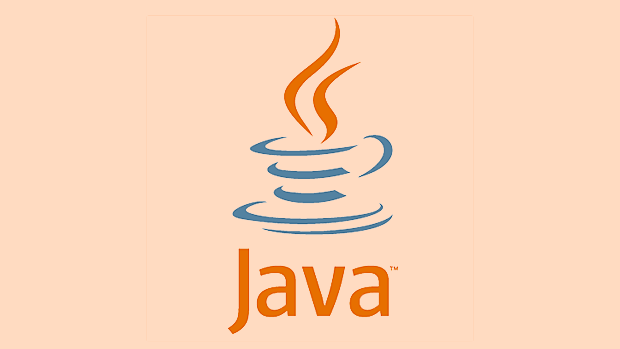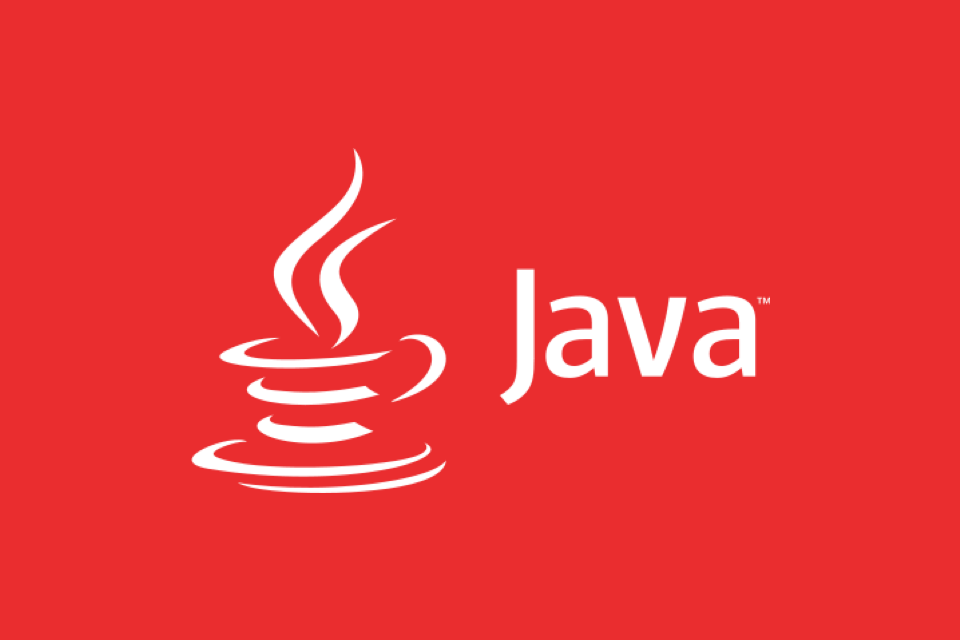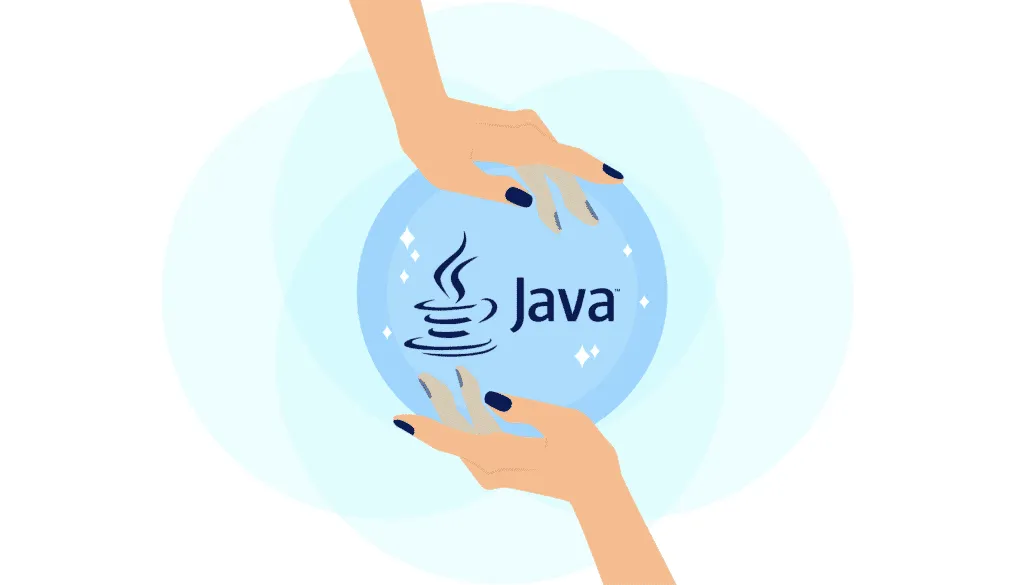The JVM architecture consists of three core cores: class loader, runtime data area and execution engine; the class loader is responsible for loading .class files, the runtime data area includes heap, stack, etc. for storing data, and the execution engine is responsible for interpreting or compiling bytecode; the heap stores object instances in the runtime data area, the method area saves class information, and stack management method calls; the class loading mechanism includes three stages: loading, linking, and initialization, and follows the parent delegation model to ensure security; mastering these basic structures helps troubleshoot problems and optimize performance.

The JVM architecture is actually not that mysterious, but understanding it is very helpful for writing Java programs well. Simply put, JVM is the core mechanism for running Java programs, which is responsible for loading classes, managing memory, executing code, etc. You don't need to be an expert, but mastering the basic structure and key modules can help you better troubleshoot problems and optimize performance.

Three core components of JVM
The JVM can be divided into three main parts: Class Loader, Runtime Data Area and Execution Engine. These three work together to complete the process from loading bytecode to executing code.

- Class loader : Responsible for loading the .class file into the JVM and generating the corresponding class structure.
- Runtime data area : includes method area, heap, stack, program counter, and local method stack, which is used to store various data during operation.
- Execution engine : interprets or compiles bytecode, and ultimately converts it into machine instructions for execution.
These parts collaborate with each other, forming the basis for Java's "write once, run everywhere".
Key details of runtime data area
This part is one of the most commonly mentioned content in the JVM, especially the heap and stack problems often appear in interviews and tuning. Let’s disassemble several key areas:

- Heap : All threads share and store object instances. GC mainly works here. If the heap is too small, it is easy to OOM; if it is too large, it may affect GC efficiency.
- Method Area : Save class information, constant pools, static variables, etc. After JDK8, it is replaced by metaspace.
- Virtual machine stack (Java Stack) : Each thread is private, saves local variables, operand stacks, etc., which are closely related to method calls.
- Program Counter (PC Register) : Records the bytecode position of the current thread execution, and is the smallest memory area.
For example, when you new an object, the object will be allocated on the heap; and the method of creating this object will have its own frame structure in the stack.
Basic process of class loading mechanism
The class loading process is divided into several stages: loading, linking (verification, preparation, parsing), and initialization. Understanding this process helps to understand when a class will be loaded, when static code blocks will be executed, etc.
- Loading : Find the .class file through the fully qualified name of the class, read and generate the Class object.
- Verification : Ensure bytecode security and prevent malicious code from corruption of JVM.
- Preparation : Allocate memory for class variables and set default initial values.
- Analysis : Convert symbolic references to direct references, such as converting method names in the class to memory addresses.
- Initialization : Execute the class constructor
<clinit></clinit>method, that is, the static code block and static variable assignment.
Class loading also involves a parent delegation model, that is, let the parent class loader try to load first, avoiding duplicate loading and security issues.
Basically that's it. Understanding the JVM architecture does not necessarily require remembering all the details, but knowing the role of each module and common problems will make you more comfortable in development and debugging.
The above is the detailed content of Understanding the Java Virtual Machine Architecture. For more information, please follow other related articles on the PHP Chinese website!

Hot AI Tools

Undress AI Tool
Undress images for free

Undresser.AI Undress
AI-powered app for creating realistic nude photos

AI Clothes Remover
Online AI tool for removing clothes from photos.

Clothoff.io
AI clothes remover

Video Face Swap
Swap faces in any video effortlessly with our completely free AI face swap tool!

Hot Article

Hot Tools

Notepad++7.3.1
Easy-to-use and free code editor

SublimeText3 Chinese version
Chinese version, very easy to use

Zend Studio 13.0.1
Powerful PHP integrated development environment

Dreamweaver CS6
Visual web development tools

SublimeText3 Mac version
God-level code editing software (SublimeText3)
 Asynchronous Programming Techniques in Modern Java
Jul 07, 2025 am 02:24 AM
Asynchronous Programming Techniques in Modern Java
Jul 07, 2025 am 02:24 AM
Java supports asynchronous programming including the use of CompletableFuture, responsive streams (such as ProjectReactor), and virtual threads in Java19. 1.CompletableFuture improves code readability and maintenance through chain calls, and supports task orchestration and exception handling; 2. ProjectReactor provides Mono and Flux types to implement responsive programming, with backpressure mechanism and rich operators; 3. Virtual threads reduce concurrency costs, are suitable for I/O-intensive tasks, and are lighter and easier to expand than traditional platform threads. Each method has applicable scenarios, and appropriate tools should be selected according to your needs and mixed models should be avoided to maintain simplicity
 Best Practices for Using Enums in Java
Jul 07, 2025 am 02:35 AM
Best Practices for Using Enums in Java
Jul 07, 2025 am 02:35 AM
In Java, enums are suitable for representing fixed constant sets. Best practices include: 1. Use enum to represent fixed state or options to improve type safety and readability; 2. Add properties and methods to enums to enhance flexibility, such as defining fields, constructors, helper methods, etc.; 3. Use EnumMap and EnumSet to improve performance and type safety because they are more efficient based on arrays; 4. Avoid abuse of enums, such as dynamic values, frequent changes or complex logic scenarios, which should be replaced by other methods. Correct use of enum can improve code quality and reduce errors, but you need to pay attention to its applicable boundaries.
 Understanding Java NIO and Its Advantages
Jul 08, 2025 am 02:55 AM
Understanding Java NIO and Its Advantages
Jul 08, 2025 am 02:55 AM
JavaNIO is a new IOAPI introduced by Java 1.4. 1) is aimed at buffers and channels, 2) contains Buffer, Channel and Selector core components, 3) supports non-blocking mode, and 4) handles concurrent connections more efficiently than traditional IO. Its advantages are reflected in: 1) Non-blocking IO reduces thread overhead, 2) Buffer improves data transmission efficiency, 3) Selector realizes multiplexing, and 4) Memory mapping speeds up file reading and writing. Note when using: 1) The flip/clear operation of the Buffer is easy to be confused, 2) Incomplete data needs to be processed manually without blocking, 3) Selector registration must be canceled in time, 4) NIO is not suitable for all scenarios.
 How Java ClassLoaders Work Internally
Jul 06, 2025 am 02:53 AM
How Java ClassLoaders Work Internally
Jul 06, 2025 am 02:53 AM
Java's class loading mechanism is implemented through ClassLoader, and its core workflow is divided into three stages: loading, linking and initialization. During the loading phase, ClassLoader dynamically reads the bytecode of the class and creates Class objects; links include verifying the correctness of the class, allocating memory to static variables, and parsing symbol references; initialization performs static code blocks and static variable assignments. Class loading adopts the parent delegation model, and prioritizes the parent class loader to find classes, and try Bootstrap, Extension, and ApplicationClassLoader in turn to ensure that the core class library is safe and avoids duplicate loading. Developers can customize ClassLoader, such as URLClassL
 Handling Common Java Exceptions Effectively
Jul 05, 2025 am 02:35 AM
Handling Common Java Exceptions Effectively
Jul 05, 2025 am 02:35 AM
The key to Java exception handling is to distinguish between checked and unchecked exceptions and use try-catch, finally and logging reasonably. 1. Checked exceptions such as IOException need to be forced to handle, which is suitable for expected external problems; 2. Unchecked exceptions such as NullPointerException are usually caused by program logic errors and are runtime errors; 3. When catching exceptions, they should be specific and clear to avoid general capture of Exception; 4. It is recommended to use try-with-resources to automatically close resources to reduce manual cleaning of code; 5. In exception handling, detailed information should be recorded in combination with log frameworks to facilitate later
 How does a HashMap work internally in Java?
Jul 15, 2025 am 03:10 AM
How does a HashMap work internally in Java?
Jul 15, 2025 am 03:10 AM
HashMap implements key-value pair storage through hash tables in Java, and its core lies in quickly positioning data locations. 1. First use the hashCode() method of the key to generate a hash value and convert it into an array index through bit operations; 2. Different objects may generate the same hash value, resulting in conflicts. At this time, the node is mounted in the form of a linked list. After JDK8, the linked list is too long (default length 8) and it will be converted to a red and black tree to improve efficiency; 3. When using a custom class as a key, the equals() and hashCode() methods must be rewritten; 4. HashMap dynamically expands capacity. When the number of elements exceeds the capacity and multiplies by the load factor (default 0.75), expand and rehash; 5. HashMap is not thread-safe, and Concu should be used in multithreaded
 Explained: Java Polymorphism in Object-Oriented Programming
Jul 05, 2025 am 02:52 AM
Explained: Java Polymorphism in Object-Oriented Programming
Jul 05, 2025 am 02:52 AM
Polymorphism is one of the core features of Java object-oriented programming. Its core lies in "one interface, multiple implementations". It implements a unified interface to handle the behavior of different objects through inheritance, method rewriting and upward transformation. 1. Polymorphism allows the parent class to refer to subclass objects, and the corresponding methods are called according to the actual object during runtime; 2. The implementation needs to meet the three conditions of inheritance relationship, method rewriting and upward transformation; 3. It is often used to uniformly handle different subclass objects, collection storage and framework design; 4. When used, only the methods defined by the parent class can be called. New methods added to subclasses need to be transformed downward and accessed, and pay attention to type safety.
 Effective Use of Java Enums and Best Practices
Jul 07, 2025 am 02:43 AM
Effective Use of Java Enums and Best Practices
Jul 07, 2025 am 02:43 AM
Java enumerations not only represent constants, but can also encapsulate behavior, carry data, and implement interfaces. 1. Enumeration is a class used to define fixed instances, such as week and state, which is safer than strings or integers; 2. It can carry data and methods, such as passing values ??through constructors and providing access methods; 3. It can use switch to handle different logics, with clear structure; 4. It can implement interfaces or abstract methods to make differentiated behaviors of different enumeration values; 5. Pay attention to avoid abuse, hard-code comparison, dependence on ordinal values, and reasonably naming and serialization.






